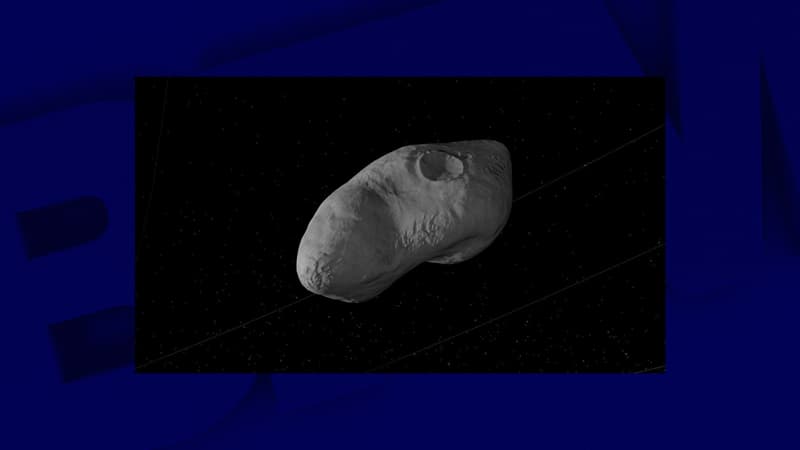On February 26, an asteroid about fifty meters in diameter, about the length of an Olympic swimming pool, was discovered. If it is currently nearly 20 million kilometers from Earth, it could raise awareness about getting closer to it.
“It has a very low chance of hitting Earth in 2046,” NASA said. on his Twitter account.
In fact, scientists were able to define the precise date of the possible impact: February 14, 2046. According to calculationsthe asteroid would thus end its course in the Pacific Ocean.
The risk reassessed
The “2023 DW” has been classified as level 1 on the Turin scale, which measures between 1 and 10 the chances of space objects colliding with Earth in the coming decades. “Current calculations show that the risk of collision is extremely unlikely and that there is no reason to attract public attention or concern,” explains NASA. However, it is the only one of the 1448 listed: all the others are classified at level 0.
Last week, the NASA website showed that the asteroid had a one in 625 chance of ending its course with us. However, this probability has already decreased.
As of Monday, this figure is now one in 340, still representing a 99.71% chance that “2023 DW” will not reach Earth. For its part, the European Space Agency assesses the risk at one chance in 432.
Hit an asteroid to deflect it
“This object is not particularly worrisome,” Davide Farnocchia, a navigation engineer at the Jet Propulsion Laboratory in Pasadena, told CNN.
According to the scientists, it is common for it to take several weeks to correctly predict newly discovered objects and to refine the measurements. “Don’t worry, it’s common for asteroids to initially appear more dangerous than they really are.” writes the European Space Agency on Twitter.
Although contact with an asteroid seems highly unlikely, scientists have been preparing for such an event for years. Last September, NASA confirmed that the agency’s Double Asteroid Redirection Test (DART) mission had succeeded in altering the trajectory of a small asteroid and deflecting it by ramming it with a small spacecraft.
Source: BFM TV


